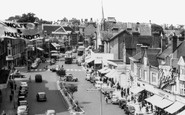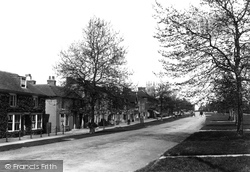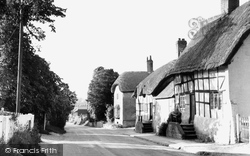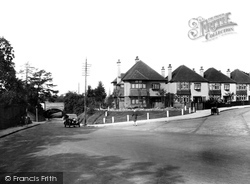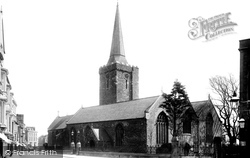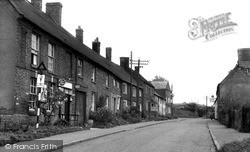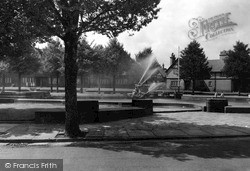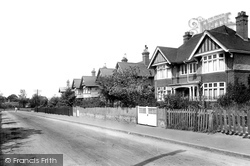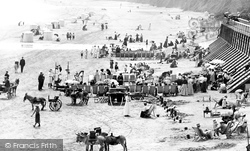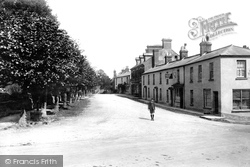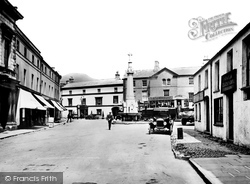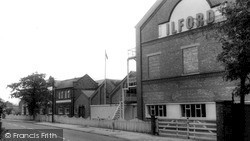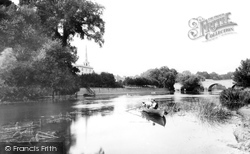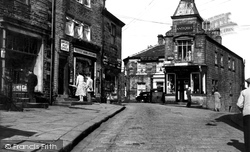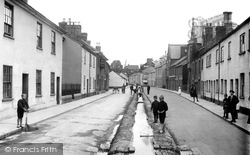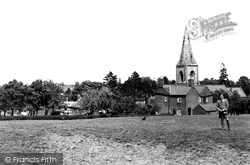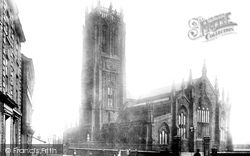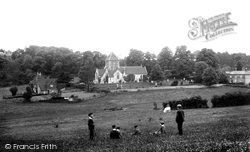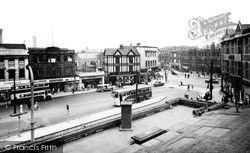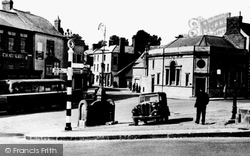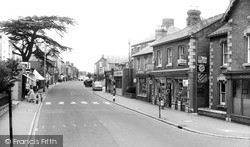Merry Christmas & Happy New Year!
Christmas Deliveries: If you placed an order on or before midday on Friday 19th December for Christmas delivery it was despatched before the Royal Mail or Parcel Force deadline and therefore should be received in time for Christmas. Orders placed after midday on Friday 19th December will be delivered in the New Year.
Please Note: Our offices and factory are now closed until Monday 5th January when we will be pleased to deal with any queries that have arisen during the holiday period.
During the holiday our Gift Cards may still be ordered for any last minute orders and will be sent automatically by email direct to your recipient - see here: Gift Cards
Places
11 places found.
Those places high-lighted have photos. All locations may have maps, books and memories.
Photos
54 photos found. Showing results 1,061 to 54.
Maps
494 maps found.
Books
25 books found. Showing results 1,273 to 1,296.
Memories
9,978 memories found. Showing results 531 to 540.
Swan Hill And The Swan & Mitre
My family moved to Shortlands, between Bromley and Beckenham, in 1945 when I was a three-year-old. I lived in Shortlands, in Recreation Road, until 1968 when I moved abroad to work. Now, over 40 years later, back in ...Read more
A memory of Bromley by
Woodley Village As It Was
I was brought up in Woodley in the 1960's when Woodley was a tight knit community. My parents had a shop on Hyde Road, "Kelsall's". It was a sweets and tobacconist shop and at the back of the shop there was ...Read more
A memory of Woodley in 1964 by
Lost Village Of East Holywell
I was born in East Holywell in 1946 and lived at 24 North Row. By then there were only 2 rows of houses left. We lived with my grandmother, Eva Barnfather, who had been there since the turn of the century. Like ...Read more
A memory of East Holywell in 1950 by
Growing Up In Wandsworth
As a young schoolboy I lived in Wandle House off Garrett Lane which was owned by Peabody estates at that time. So, taking a walk from there, I can remember the rag and bone carts passing on their way home to the other ...Read more
A memory of Wandsworth in 1960 by
Mitcham
Great site, brings back a number of memories. I went to Bond Road School in 1962ish with my twin brother Robert. We left at about 1970 and went Alphea in Merton before going on to Pollards Hill High School. Mitcham has changed so much, who ...Read more
A memory of Mitcham by
Playing In Salford
I was born in Salford in 1954, except for a brief spell of 4 years in Newton Heath in the late fifties, I have lived there ever since. When I was 11 years old my friend and I were playing digging on the old nursery croft on ...Read more
A memory of Salford in 1964 by
51 Hempstead Street
I was born in Dover, but my mum was Welsh and we moved back to her home town when I was small. However, every year we would visit my dad's relatives in Kent (mainly Ashford). My Auntie Nell ran a flower shop here and I remember ...Read more
A memory of Ashford in 1955
Tarentella Coffee Bar Happy Memories
I met my husband of 41 years back in the 60's, I lived in Shirley, a very new housing estate then, called Shrublands. We used to ride around Croydon and Norbury on his scooter and often visited the Tarentella ...Read more
A memory of Croydon in 1963 by
Hulme Schools And Green Grocers
My girlfriend's mum went to Mulberry Street School in the 1950s and went on to Jackson Street School in Hulme, Manchester, and my grandparents on my mum's side had a green grocers in Moss Side. My ...Read more
A memory of Hulme in 1940
The Halcyon 1950's
I lived with my family in Connaught Gardens from being born in 1949 to late 1960 when we moved to Shiremoor. At the end of our street was an overgrown, rubble strewn wasteland which we called 'The Croft'. A natural childrens ...Read more
A memory of Forest Hall in 1950 by
Captions
2,019 captions found. Showing results 1,273 to 1,296.
A small canal runs through the back of the town on its way to the River Stour. Little in this picture has changed today.
The first part of it - 'Michel' - is not clear, but the second part means 'water', and is a reference to the little River Dever which rises in nearby Stratton Park before meeting the Test at Wherwell.
On the right are some of the new detached houses which backed onto the railway at the start of Upper Mulgrave Road.
Written records of St Mary's Church date back to 1210. The High Street is remarkably quiet, but it is captured at a time of largely horse-drawn transport.
This view of Welton, looking back up the main street, has changed dramatically in recent years.
The building was used to billet troops during the Second World War, and then as a labour exchange, before the fire brigade moved back in 1957.
'Sea Piece' is the name of the bronze from which water sprays; it depicts a legendary sea-horse with a triton and baby triton astride its back.
This road runs between Coggeshall Road and Bradford Street; it replaced the old road, which ran 30 or 40 metres back from the left-hand side of this picture, when Sydney Courtauld built Bocking Place
Pierrot were in vogue right up to the Second World War, and their origins go back to the London success of the mime play 'L'Enfant Prodigue' staged in 1891.
Most of the trees remain, but they have been severely cut back.
Centre left stands the Bear Hotel, a lovely old coaching inn dating back to 1432. The shop next door to it sold fishing tackle - fishing is one of the area's most popular pastimes.
On the opposite side of the road from the parade of shops is the Ilford works, built to develop everyone`s holiday film, and with a wartime history of processing the films brought back
This road runs between Coggeshall Road and Bradford Street; it replaced the old road, which ran 30 or 40 metres back from the left-hand side of this picture, when Sydney Courtauld built Bocking Place
Back on the river, this view looks north-east from the Crowmarsh Gifford bank to Bridge House, with the remarkable spire of St Peter's Church beyond.
The house in the distance has been demolished, and rather picturesque town houses now surround the back of the marina.
A walk up the hill takes the visitor back a hundred years.
It was installed back in 1250 as the town's water supply. The pub is still in business, but Mr Rudall, further along on the right, is not.
Close to the village, medieval ridge and furrow cultivation has been preserved in its meadows and closes, and on its western edge the back lanes seem to be in an unusually complete state.
Back in Victorian times it was surrounded by a degenerate Leeds, including drinking-houses and prostitution.
This is taken from the 'tongues' in the middle of the River Brett, adjacent to the two 18th-century hump-backed bridges. The Peacock is early 15th-century.
This compact little village in a hollow south of the Hog's Back is benignly watched over by St Lawrence's Church, with its wooden 14th-century south porch.
In the background is the Old College Hotel, a name that echoes back to the founding of the College of Jesus by the Archbishop of York in 1500.
The black and white signpost in the foreground will bring back nostalgic memories for some of motoring as it was half a century ago.
Of the shops on the right, the Midland Bank is now, of course, HSBC.
Places (11)
Photos (54)
Memories (9978)
Books (25)
Maps (494)

